How to Start a Travel Blog in 5 Easy Steps
Category: Web Design

10 mins read
In the digital age, travel blogs serve as indispensable sources of inspiration and information for avid and aspiring travelers alike. Starting your own travel blog allows you to document and share your adventures, as well as foster personal growth and potentially generate income through various monetization strategies. However, the prospect of launching a travel blog can be overwhelming if you're unsure where to begin. That's where this comprehensive step-by-step guide comes into play.
From choosing a niche and setting up your website to creating engaging content, optimizing for search engines, growing your audience, and monetizing your efforts, we'll cover everything you need to know to embark on this exciting journey. Whether you're a seasoned traveler or someone who dreams of exploring the world, let's create a successful travel blog that showcases your passion for adventure.
In this article:
1. Choosing a Niche for Your Travel Blog
A. Importance of Selecting a Niche
Before diving into the world of travel blogging, it's essential to choose a niche that sets your blog apart from the countless others available online. Selecting a specific niche allows you to create targeted content, making it easier for readers to find and connect with your blog. Additionally, a well-defined niche can help you establish yourself as an expert in your chosen field, build a loyal audience, and create more opportunities for monetization.
B. Tips for Finding Your Unique Angle
To find your unique angle within the travel sphere, consider the following tips:
- Assess your passions and interests: Think about the aspects of travel that excite you the most. Are you passionate about luxury travel, budget backpacking, or eco-tourism? Focus on what you genuinely love, as this enthusiasm will shine through in your content.
- Assess your passions and interests: Think about the aspects of travel that excite you the most. Are you passionate about luxury travel, budget backpacking, or eco-tourism? Focus on what you genuinely love, as this enthusiasm will shine through in your content.
- Identify your strengths: Consider your skills and expertise when selecting a niche. Are you a foodie who loves exploring local cuisines, or are you an adrenaline junkie with experience in various adventure sports? Your strengths can help you stand out from the crowd.
- Research the competition: Take a look at other travel blogs in the niches you're considering. Analyze their content, and identify gaps you could fill or unique angles you could take to differentiate your blog.
C. Examples of Successful Travel Blog Niches
Here are a few examples of travel blog niches that have found success:
Budget travel
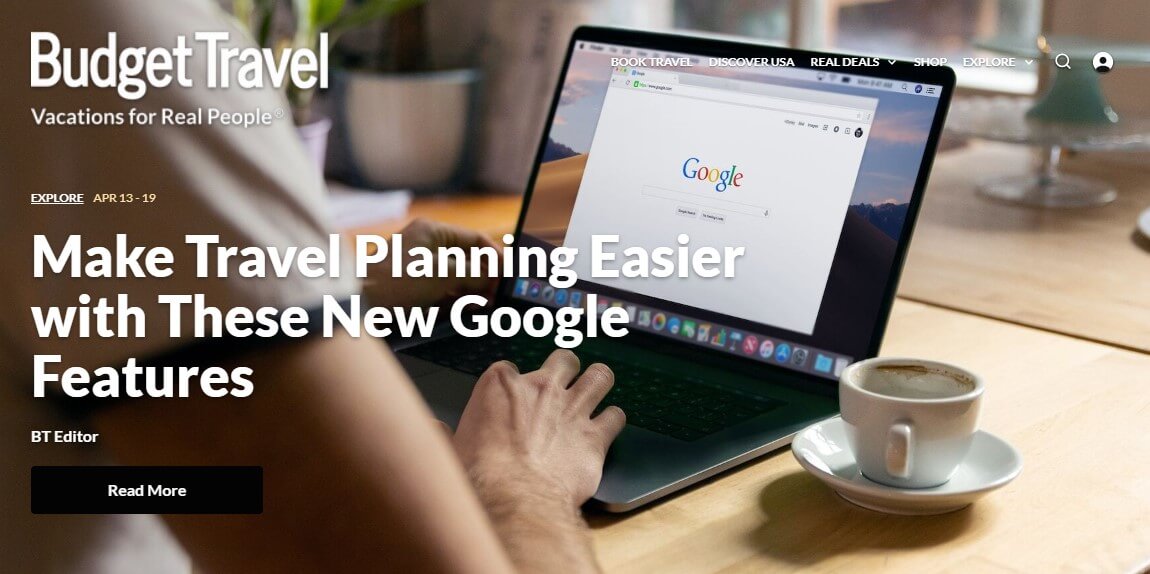
Blogs that focus on affordable travel options and money-saving tips cater to a large audience of budget-conscious travelers.
Solo female travelers

Blogs that offer safety tips, destination recommendations, and empowerment for solo female travelers resonate with a growing number of women who choose to travel independently.
World Travel Family
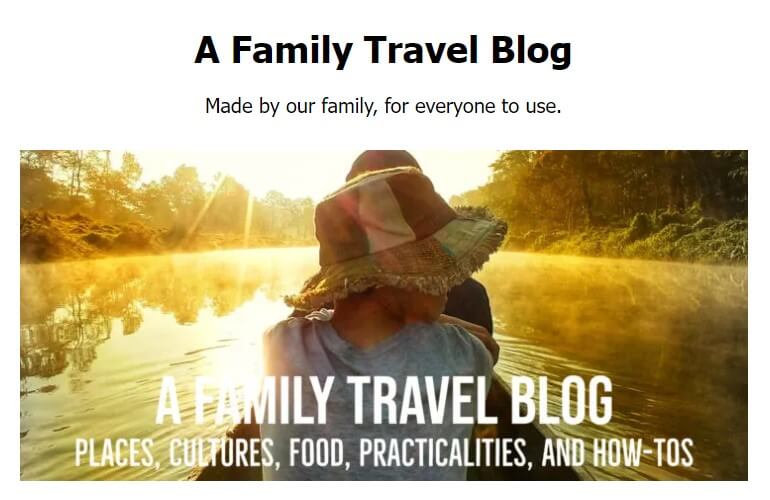
Blogs that provide advice on traveling with children, from suitable destinations to packing tips, cater to families looking to explore the world together.
Adventure travel
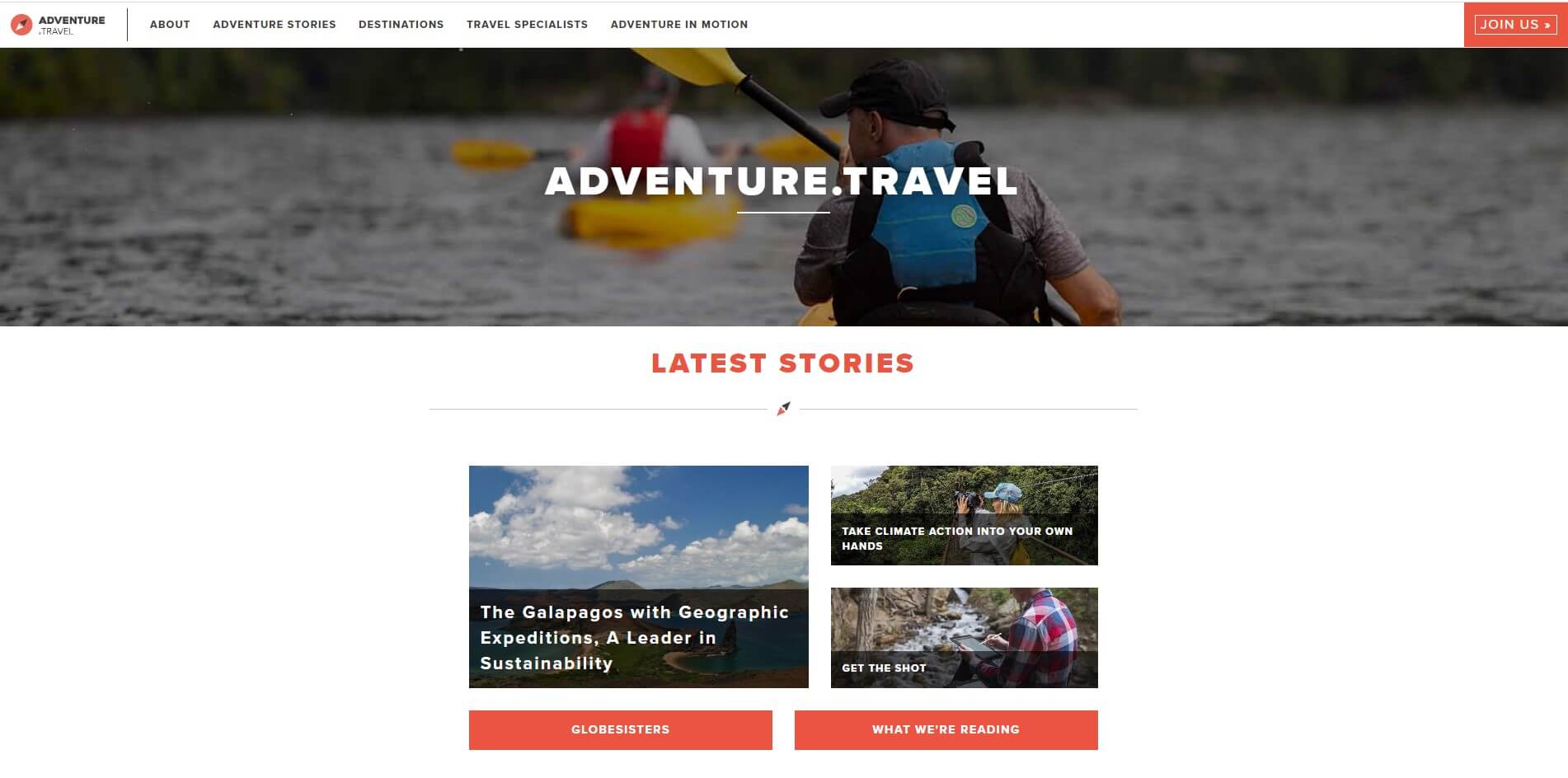
Blogs that cover adrenaline-pumping activities and off-the-beaten-path destinations appeal to thrill-seekers and outdoor enthusiasts.
Food and travel
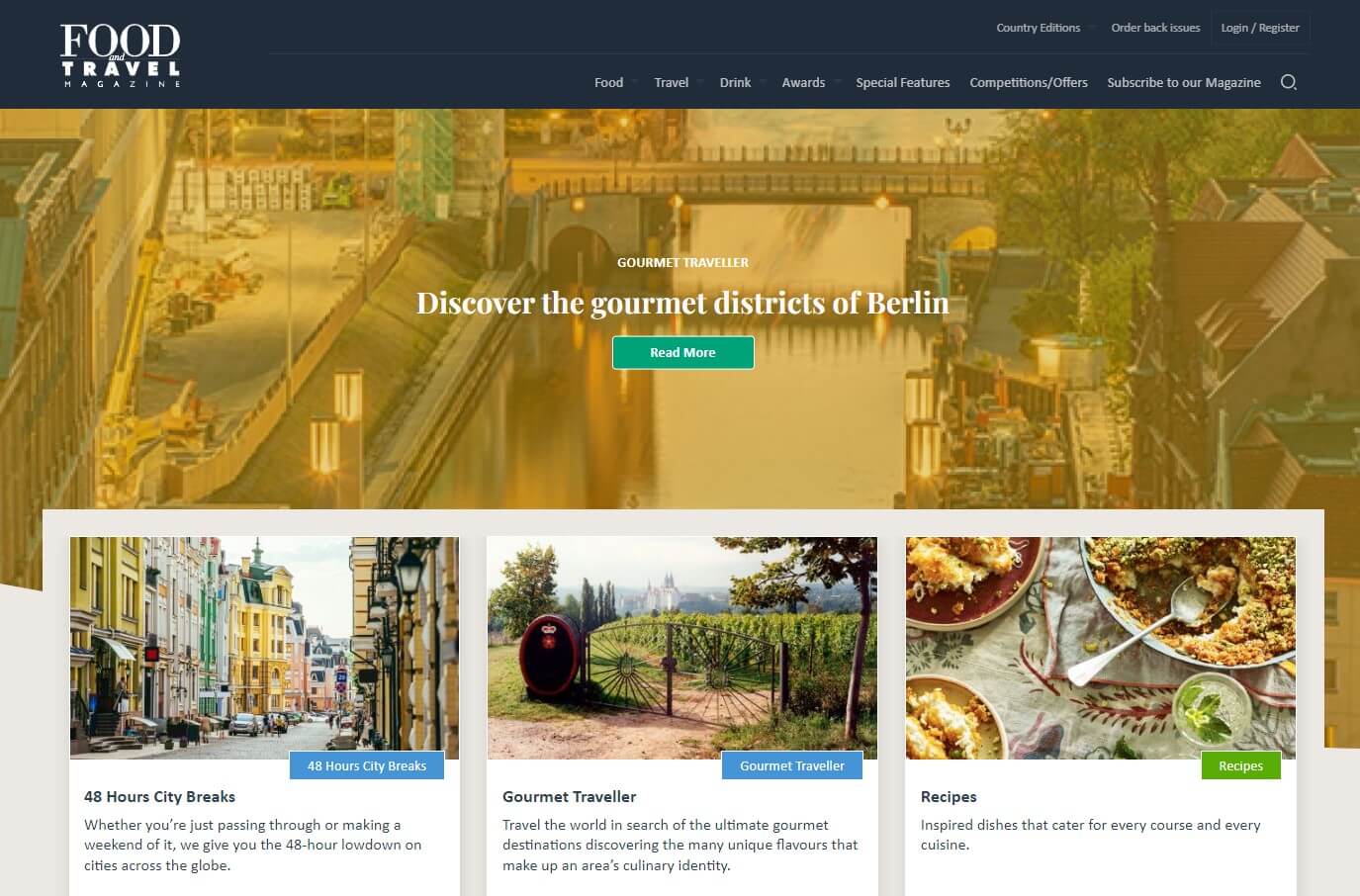
Blogs that explore local cuisines, culinary traditions, and food-related experiences cater to food lovers who want to taste their way around the world.
Remember, choosing the right niche is crucial for your travel blog's success, as it will help you create compelling content, connect with a specific audience, and establish your expertise within the travel industry.
2. Setting Up Your Travel Blog
A. Choosing a Domain Name
Choosing a domain name is an important aspect of setting up your travel blog. Your domain name is the online address of your blog and serves as an essential element of your brand identity. When choosing a domain name for your travel blog, consider the following tips:
- Keep it simple: Choose a short, memorable, and easy-to-spell name that reflects your niche and brand personality. It's recommended to steer clear of hyphens or numbers since they have the potential to cause confusion for users.
- Use a relevant top-level domain (TLD): While .com is the most popular and widely recognized TLD, you may also consider other travel-related TLDs like .travel or .blog, depending on your niche and target audience.
- Check availability: Once you have some potential domain name options, you'll need to check their availability and ensure they're not already taken by another website. You can do this using a domain registrar, which is a company that manages the registration of domain names. GoDaddy, Namecheap, and Bluehost are among the commonly used domain registrars.
To check the availability of a domain name, simply enter the desired name into the search bar on your chosen domain registrar's website. The registrar will then search their database and let you know if the name is available or already taken. If the name is available, you can proceed with registering it for your blog.
B. Selecting a Hosting Provider
Choosing a reliable hosting provider is essential to ensure that your travel blog remains accessible to users around the clock. Consider the following factors when selecting a hosting provider for your blog:
- Reliability and uptime: Select a hosting provider with a reputation for excellent uptime and performance, ensuring that your blog remains accessible to users around the clock.
- Customer support: Opt for a hosting provider that offers robust customer support, including 24/7 live chat, phone, or email support, to assist you with any technical issues that may arise.
- Pricing and scalability: Compare different hosting plans, considering factors like storage space, bandwidth, and scalability. Choose a plan that meets your current requirements and can be easily upgraded as your blog grows.
- User-friendliness: If you're new to blogging, consider a hosting provider that offers an easy-to-use control panel and one-click installations for popular blogging platforms like WordPress.
C. Setting Up Your Blogging Platform
WordPress is the most popular and widely recommended blogging platform, as it offers a vast array of customizable themes, plugins, and features to create a unique and user-friendly website. Follow these steps to set up your travel blog on WordPress:
- Install WordPress: Most hosting providers offer a one-click installation option for WordPress through their control panel. Follow the instructions provided by your hosting provider to install WordPress on your domain.
- Choose a theme: WordPress offers a wide variety of free and premium themes designed for travel blogs. Select a theme that reflects your brand identity and is mobile-responsive, ensuring that your blog looks great on all devices.
- Customize your website: Use the WordPress customizer to personalize your blog by adding your logo, setting up navigation menus, customizing fonts and colors, and configuring other design elements.
- Install essential plugins: Enhance your blog's functionality with plugins that improve your site's SEO, security, and user experience. Popular plugins include Yoast SEO, Wordfence Security, and WP Super Cache.
- Create essential pages: Set up essential pages on your blog, such as an About page, Contact page, and Privacy Policy. These pages provide important information to your visitors and help establish credibility.
After setting up your blog, it's essential to maintain it regularly to ensure that it runs smoothly and remains secure. Regularly update your WordPress version, themes, and plugins to the latest version to avoid security vulnerabilities. Also, backup your website regularly to protect your content in case of any technical issues.
3. Creating Engaging Content for Your Travel Blog
A. Importance of Quality Content
Quality content is the cornerstone of any successful travel blog. It helps you build credibility, engage your audience, and improve your search engine rankings. Focus on creating unique, informative, and captivating content that offers genuine value to your readers.
B. Tips for Crafting Compelling Content
Crafting compelling content is essential for any successful travel blog, as it helps you build credibility, engage your audience, and improve your search engine rankings. Here are some tips for creating engaging content:
- Address their pain points: Understand your audience's challenges, questions, and interests, and create content that provides solutions, answers, and inspiration.
- Be authentic and relatable: Share your personal experiences, opinions, and emotions to create an authentic and relatable connection with your readers.
- Use a captivating writing style: Write in a conversational tone, using short paragraphs, subheadings, and bullet points to make your content easily digestible. Employ vivid descriptions and storytelling techniques to bring your travel experiences to life.
- Incorporate multimedia elements: Enhance your blog posts with high-quality images, videos, and infographics to create a visually appealing and engaging experience for your readers.
- Optimize your content for SEO: Use relevant keywords, internal and external links, and proper formatting to improve your content's visibility on search engines.
C. Types of Travel Blog Content
To keep your audience engaged, consider creating a variety of content types, such as:
- Destination guides: Share comprehensive guides to specific destinations, including must-visit attractions, accommodation options, local cuisine, and cultural insights.
- Travel tips and advice: Offer practical travel tips and advice, such as packing lists, budgeting advice, and transportation options.
- Personal travel stories: Share your unique experiences and reflections from your travels, giving readers a glimpse into your adventures.
- Interviews and collaborations: Connect with fellow travelers, local experts, or industry professionals to create collaborative content that offers fresh perspectives and insights.
- Reviews and recommendations: Provide honest reviews of hotels, restaurants, tours, and products, helping your readers make informed decisions when planning their travels.
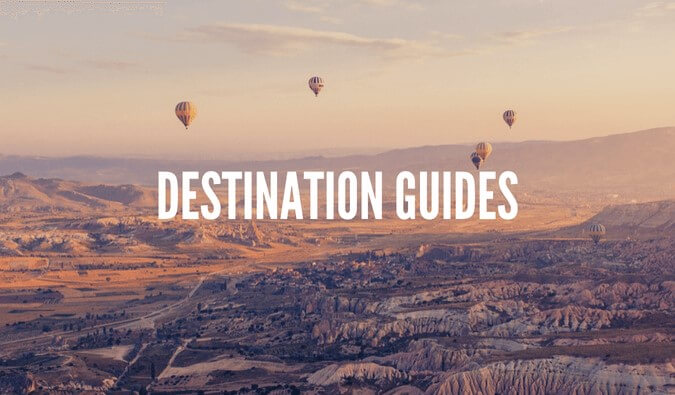
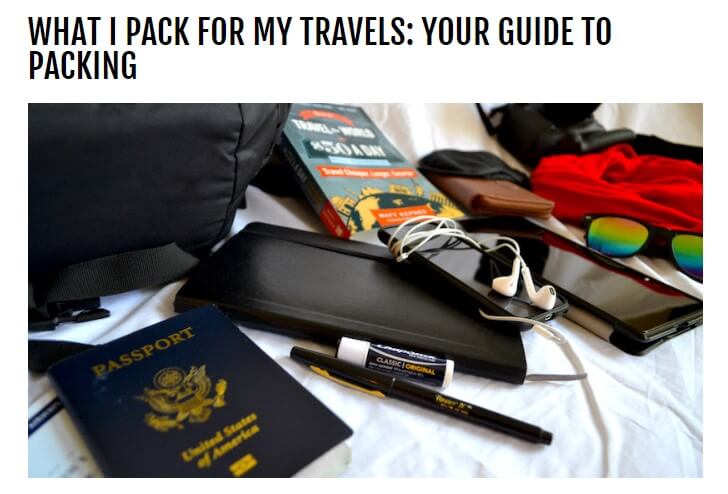
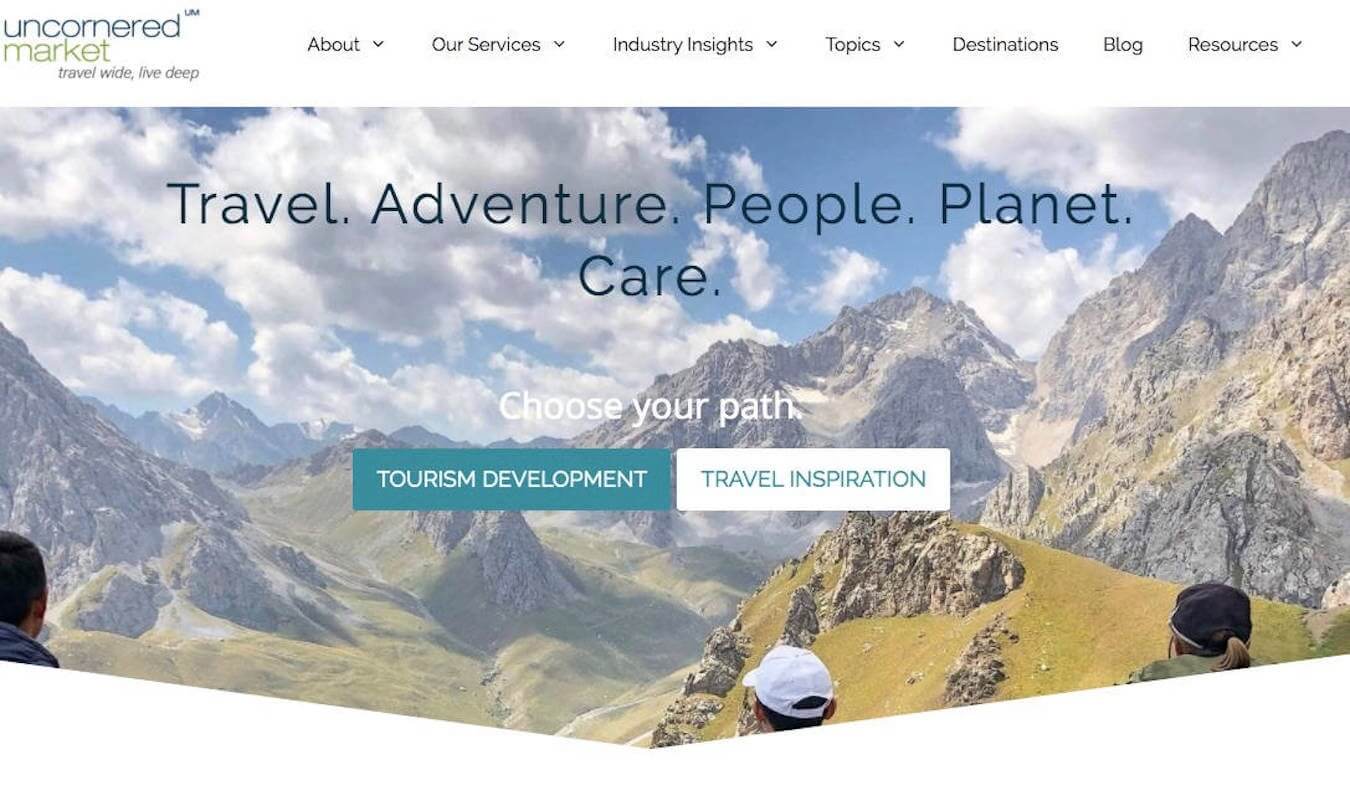
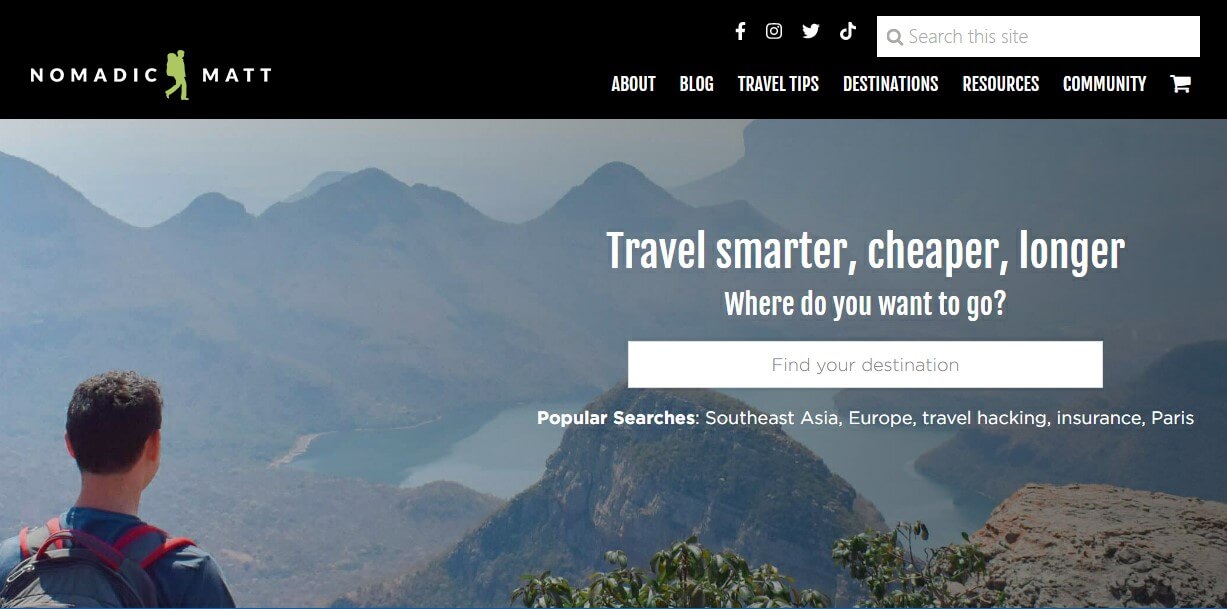
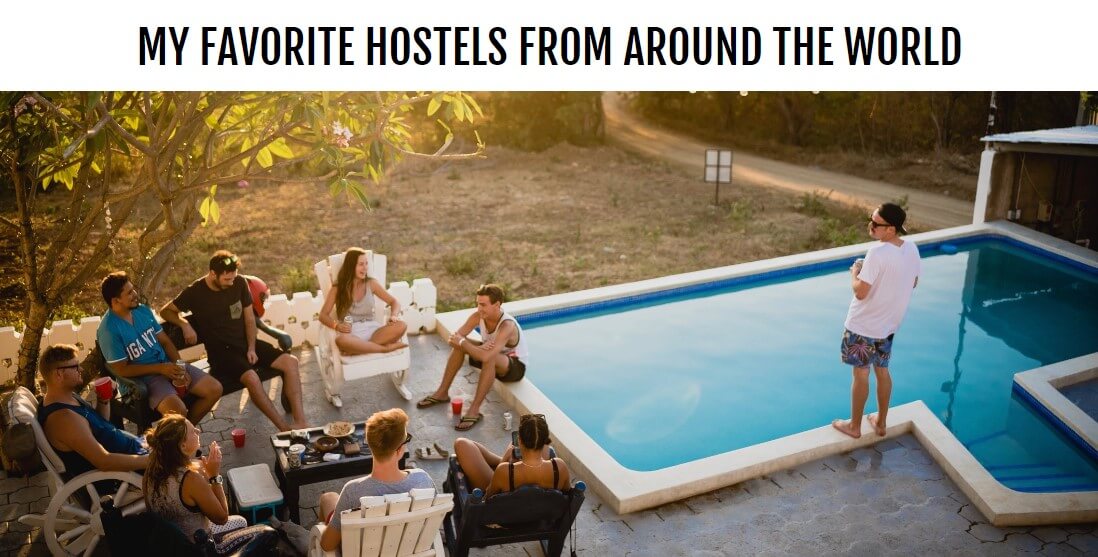
4. Promoting and Growing Your Travel Blog
Once you have established your travel blog, the next step is to promote it and grow your audience. These are some tactics that can assist you in achieving that.
A. Building an Email List
One of the most effective ways to promote your blog and maintain direct communication with your audience is by building an email list. An email list enables you to share your latest content, news, and updates with your subscribers, making it a valuable asset for any blogger. Use email marketing tools like Mailchimp or ConvertKit to create sign-up forms, manage your subscribers, and send targeted campaigns.
B. Leveraging Social Media
Social media platforms, such as Instagram, Facebook, and Pinterest, are essential for promoting your content, engaging with your audience, and growing your blog's reach. Develop a social media strategy that includes regular posting, engaging visuals, and interacting with your followers.
C. Networking with Other Bloggers and Influencers
Networking with other travel bloggers, influencers, and industry professionals can help you expand your reach, gain new insights, and create valuable partnerships. Attend travel conferences, join blogger communities, and engage in social media interactions to build connections within the industry.
D. Utilizing SEO Strategies
For attracting natural traffic to your blog, search engine optimization (SEO) plays a vital role. By optimizing your blog's content for search engines, you can increase your visibility and reach a wider audience.
E. Guest Posting
Writing guest posts for other blogs within your niche is an effective way to reach new audiences, gain credibility, and acquire valuable backlinks. Identify reputable blogs that accept guest submissions, and pitch your content ideas to the blog owners.
5. Monetizing Your Travel Blog
Once you have established your travel blog and built a loyal following, you may consider monetizing your efforts to generate income. Below are some commonly used approaches to earn revenue from travel blogs:
A. Affiliate Marketing
Affiliate marketing is a great way to earn a commission by promoting products or services from various brands on your travel blog. You can join affiliate programs from companies like Amazon Associates, Booking.com, or Commission Junction and include unique affiliate links within your content. You earn a commission when your audience clicks on such links and completes a purchase. To succeed with affiliate marketing, it's important to choose relevant products or services that align with your niche and audience, and promote them in an authentic and non-intrusive way.
B. Sponsored Content
Partnering with brands or tourism boards to create sponsored content can be a lucrative way to monetize your travel blog. Sponsored content can take the form of blog posts, social media posts, or videos that promote a product, service, or destination. When creating sponsored content, it's crucial to maintain transparency and disclose the sponsorship to your audience. Additionally, make sure to choose partnerships that align with your brand and provide value to your readers.
C. Display Advertising
Display advertising is a popular way to monetize a travel blog, where you can display ads on your blog using advertising networks like Google AdSense or MediaVine. You earn revenue based on the number of ad impressions or clicks generated by your website traffic. For optimizing your earnings, it's crucial to ensure that your ad placement is optimized and your ads are relevant to your audience.
D. Selling Travel-related Products or Services
Another way to monetize your travel blog is to create and sell your own travel-related products or services. Some examples of products or services you could sell include e-books, online courses, travel consulting services, photography services, or travel-related products. When creating and selling your own products or services, it's important to choose offerings that align with your niche and brand, and provide value to your readers.
E. Freelance Writing and Content Creation
As an established travel blogger, you can leverage your expertise and writing skills to secure freelance writing or content creation gigs within the travel industry. You could offer your services to other blogs, online publications, or travel companies to generate additional income.
Remember, when it comes to monetizing your travel blog, it's crucial to strike a balance between generating income and maintaining the integrity of your brand and content. Choose monetization strategies that align with your niche and audience, and that provide value to your readers. Additionally, make sure to maintain transparency and authenticity in all your monetization efforts.
Conclusion
Starting a successful travel blog requires time, dedication, and effort. By following the steps outlined in this comprehensive guide, you can establish your niche, set up your website, create engaging content, promote and grow your blog, and monetize your efforts. So, what are you waiting for? Start your travel blog today and let your passion for travel inspire others to explore the world around them. Happy blogging!




















